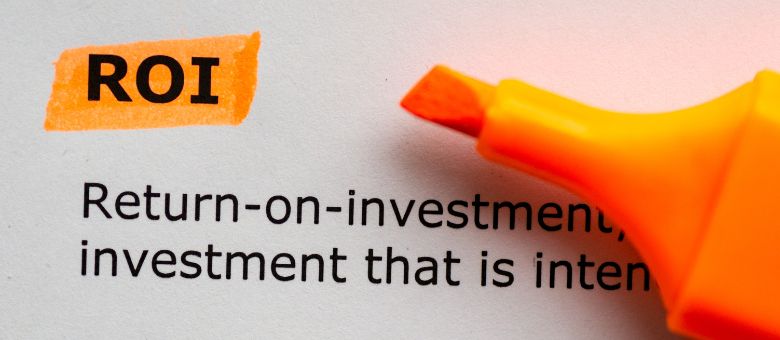Events are an important part of any business’s marketing strategy. However, without proper measurement, it can be difficult to determine if your events actually provide a return on investment (ROI) and contribute positively to your overall strategic event management program. And since according to this study by Cvent nearly 75% of all CMOs say proving event ROI is one of their biggest event headaches, it’s important to get a good understanding of it. In this article, we’ll take a closer look at how to measure event ROI and get the most out of your events. If you’re unsure about what event ROI is, we’ve gone into more into depth in What The Event ROI-ROE-ROO?
Goal Setting
The first step in measuring event ROI is to set clear goals for the event. These goals should be specific, measurable, and tied to the overall objectives of your business. For example, if your goal is to generate new leads, you might measure the number of leads generated at the event. If your goal is to increase brand awareness, you might measure social media engagement or website traffic following the event.
Data & Analysis
Once you have your goals in place, it’s time to gather data. There are many ways to gather data about your event, including surveys, social media analytics, website analytics, and lead tracking. It’s important to gather data before, during, and after the event in order to get a complete picture of its impact.
With data in hand, it’s time to analyze the results. This can be done by comparing the data to your original goals, as well as benchmarking against previous events. It’s important to look at the data in context and not just focus on individual metrics. For example, if your event generated fewer leads than you had hoped, but those leads are of a higher quality, that’s still a successful outcome.
It’s also important to remember that measuring event ROI is not just about the immediate impact of the event. Events can have a long tail, meaning that their impact can be felt long after the event is over. For example, the content generated at the event can be repurposed for other marketing campaigns, extending the reach and impact of the event.
Communicate
Finally, it’s important to communicate the results of your event ROI measurement to key stakeholders within your business. This can include senior management, sales teams, and other departments that may have been involved in the event. By sharing the results, you can demonstrate the impact of the event on the business and build support for future events.
Measuring event ROI is an essential part of any business’s marketing strategy. By setting clear goals, gathering data, analyzing the results, and communicating the impact, you can ensure that your events are providing a positive return on investment. With these tools in hand, you’ll be able to get the most out of your events and continue to drive business growth.

